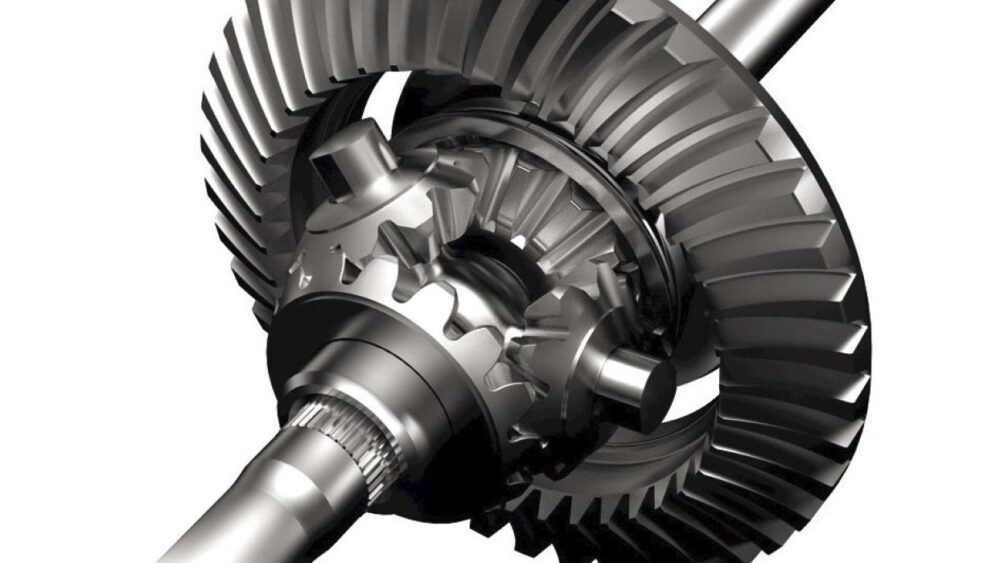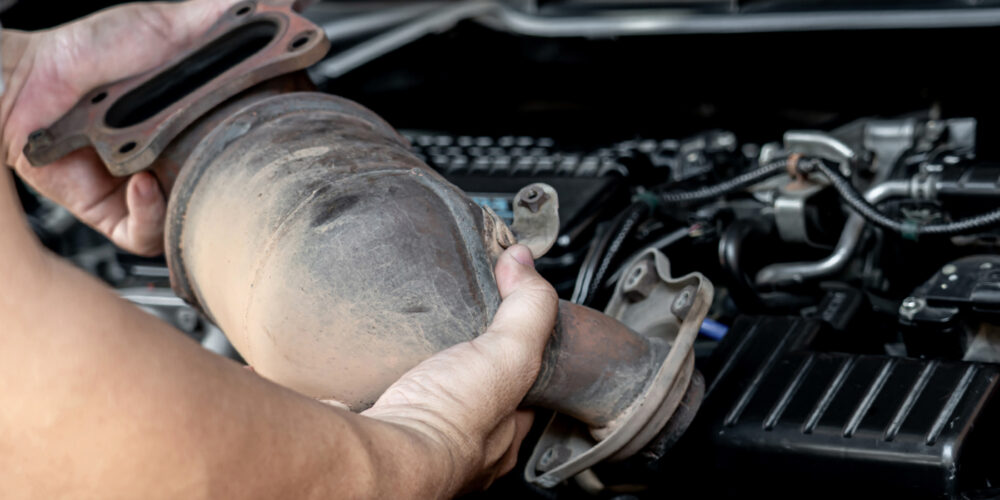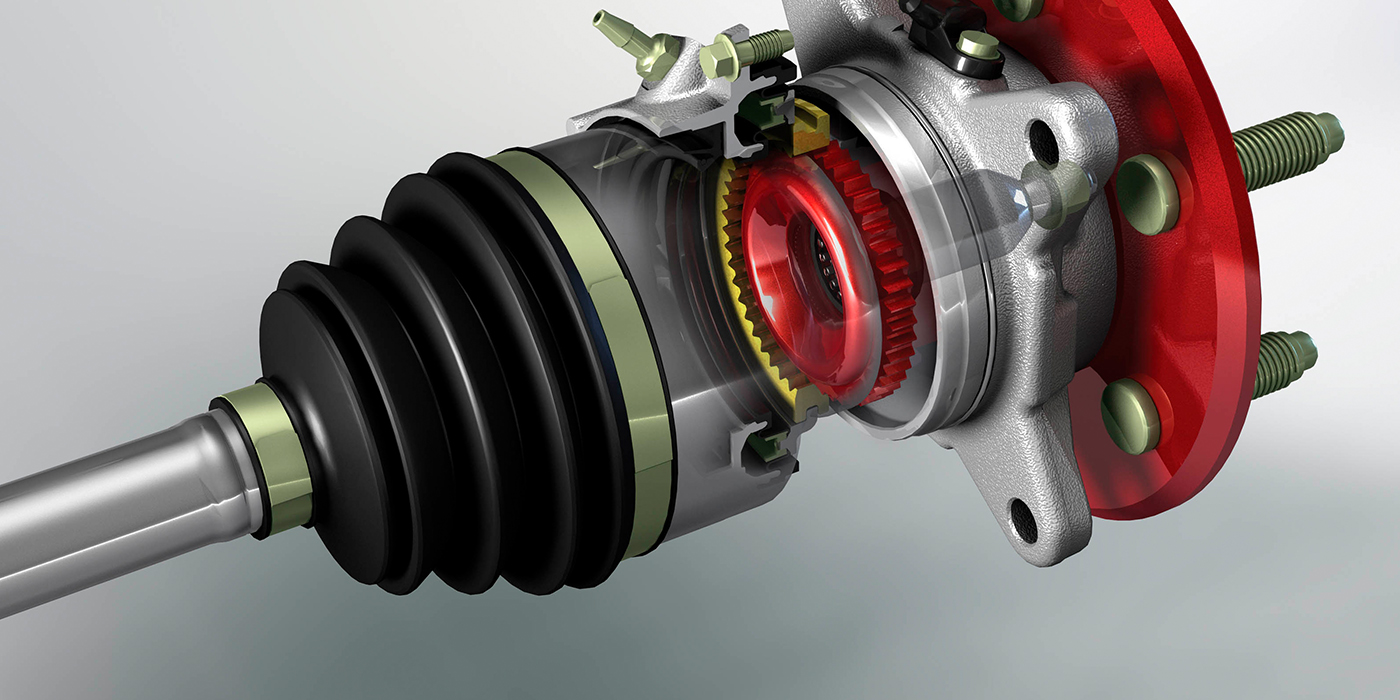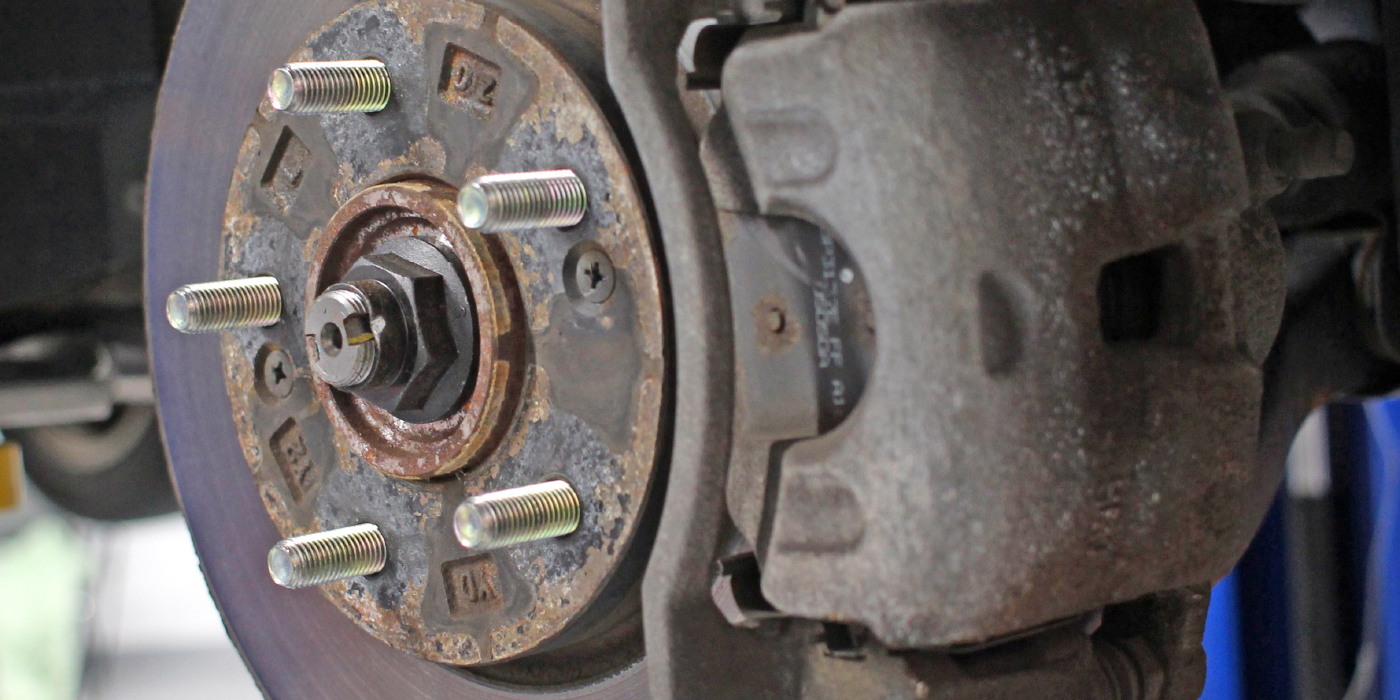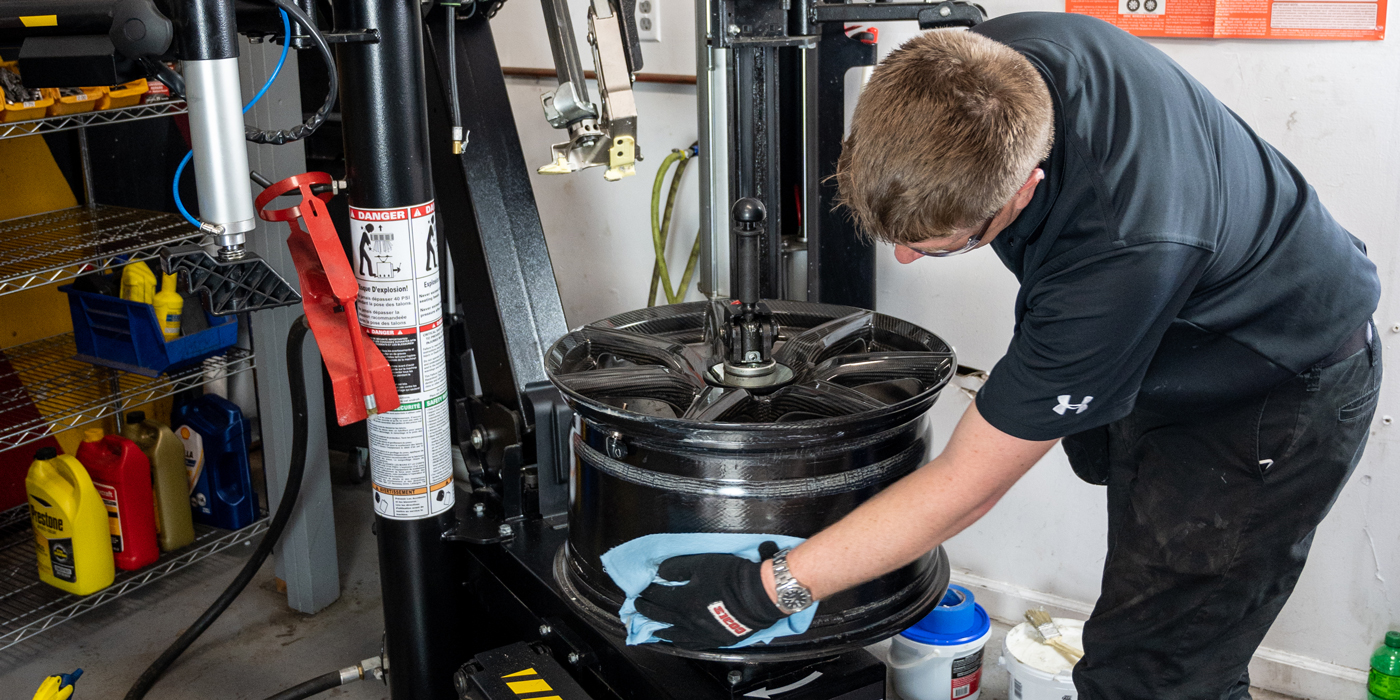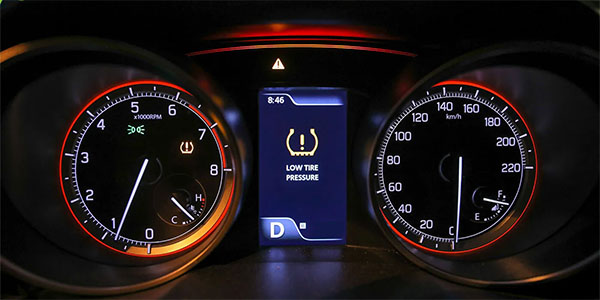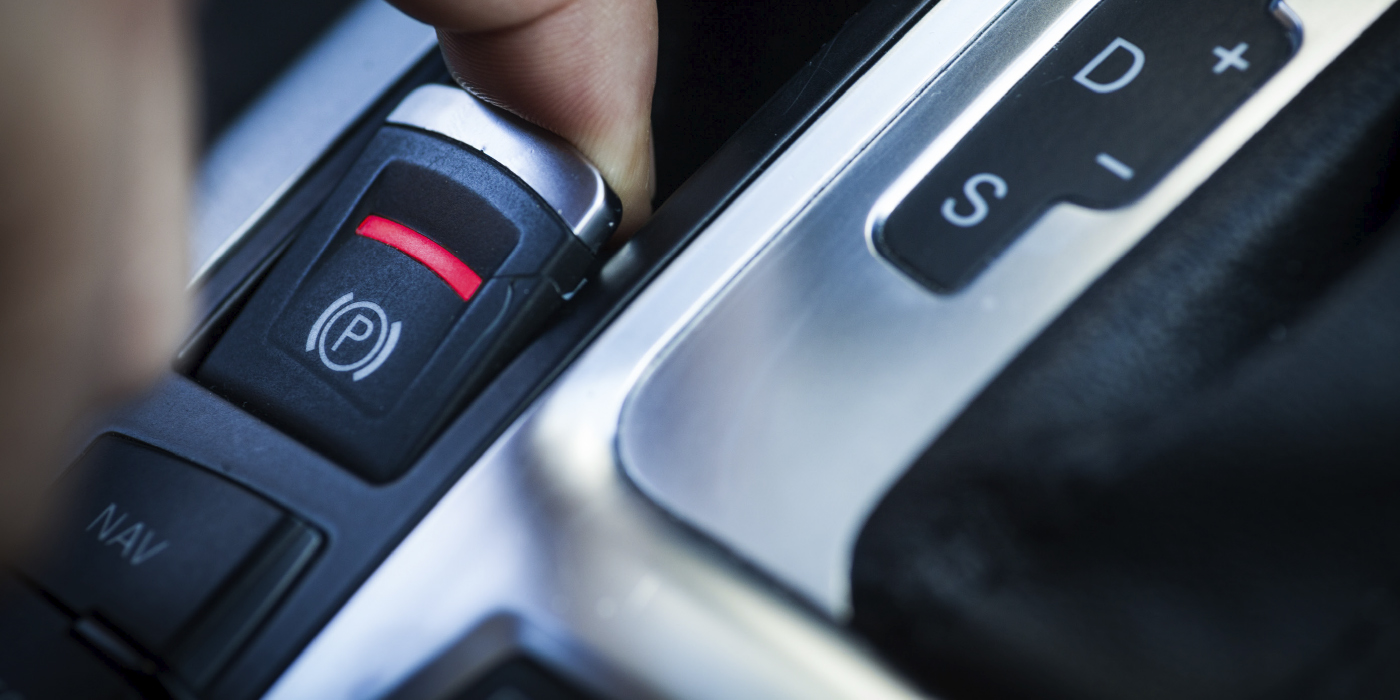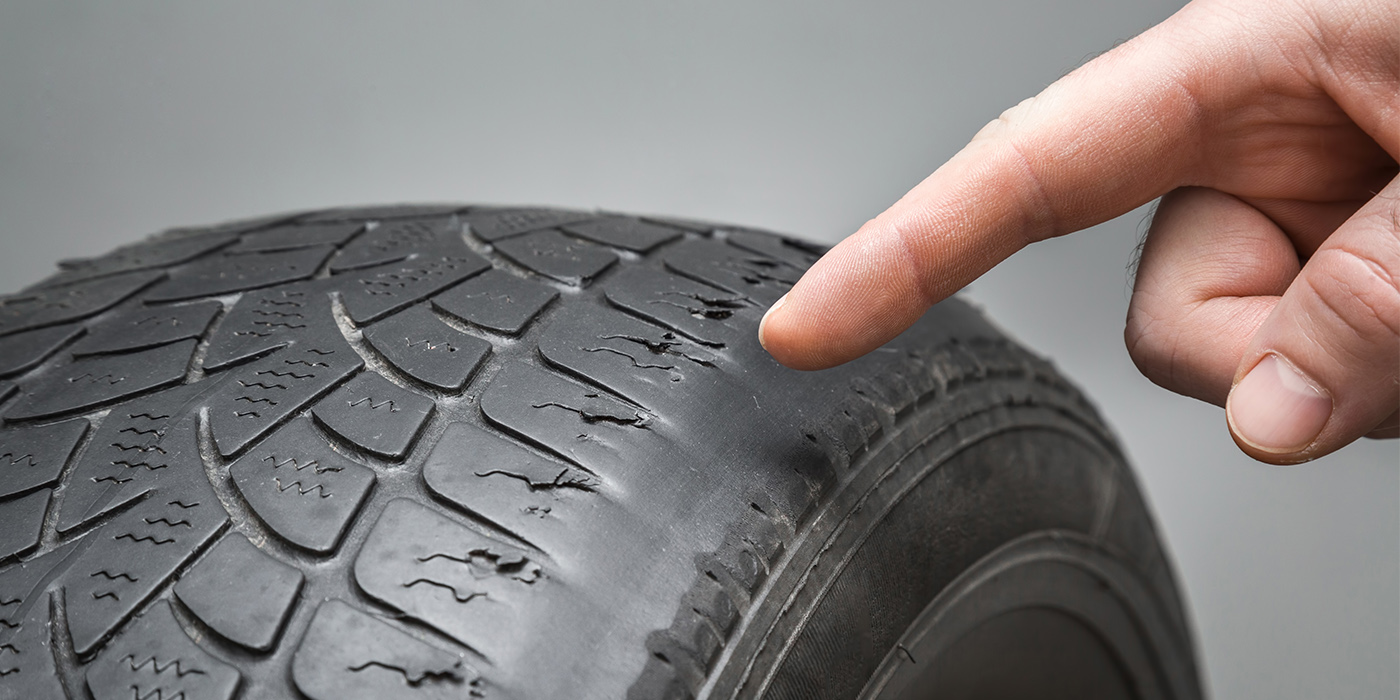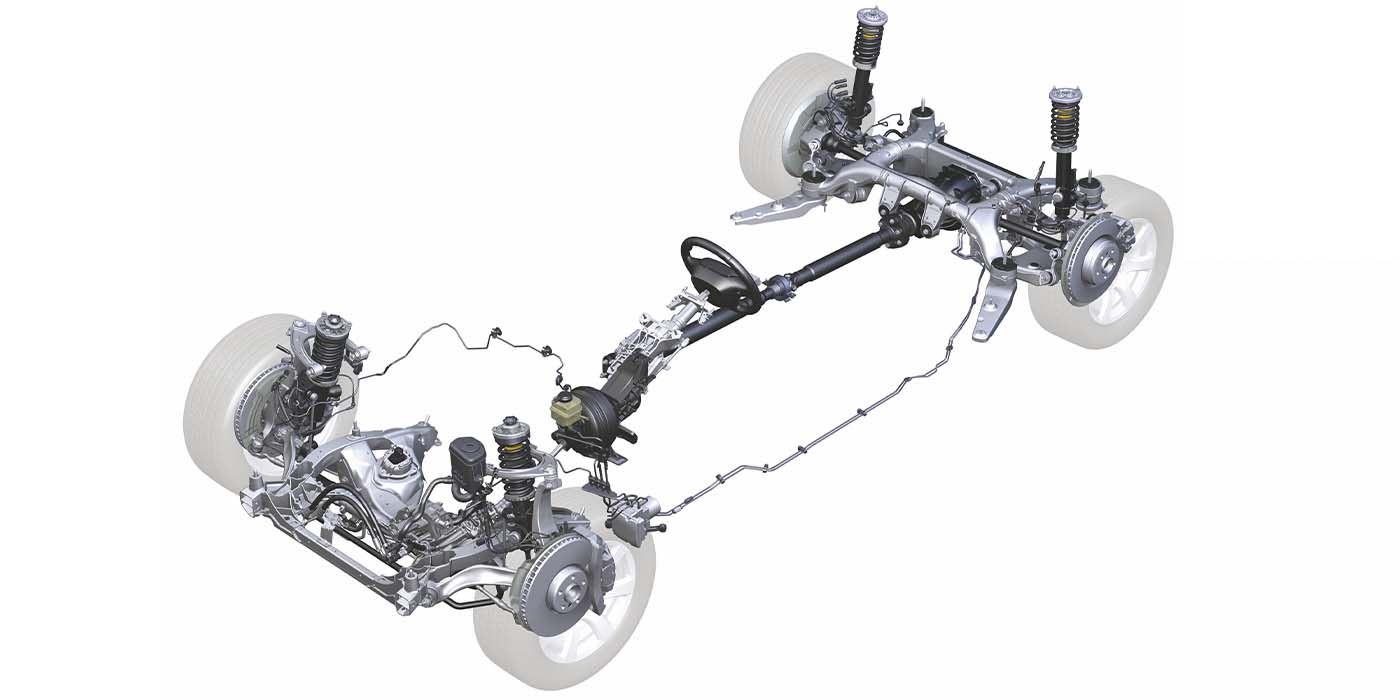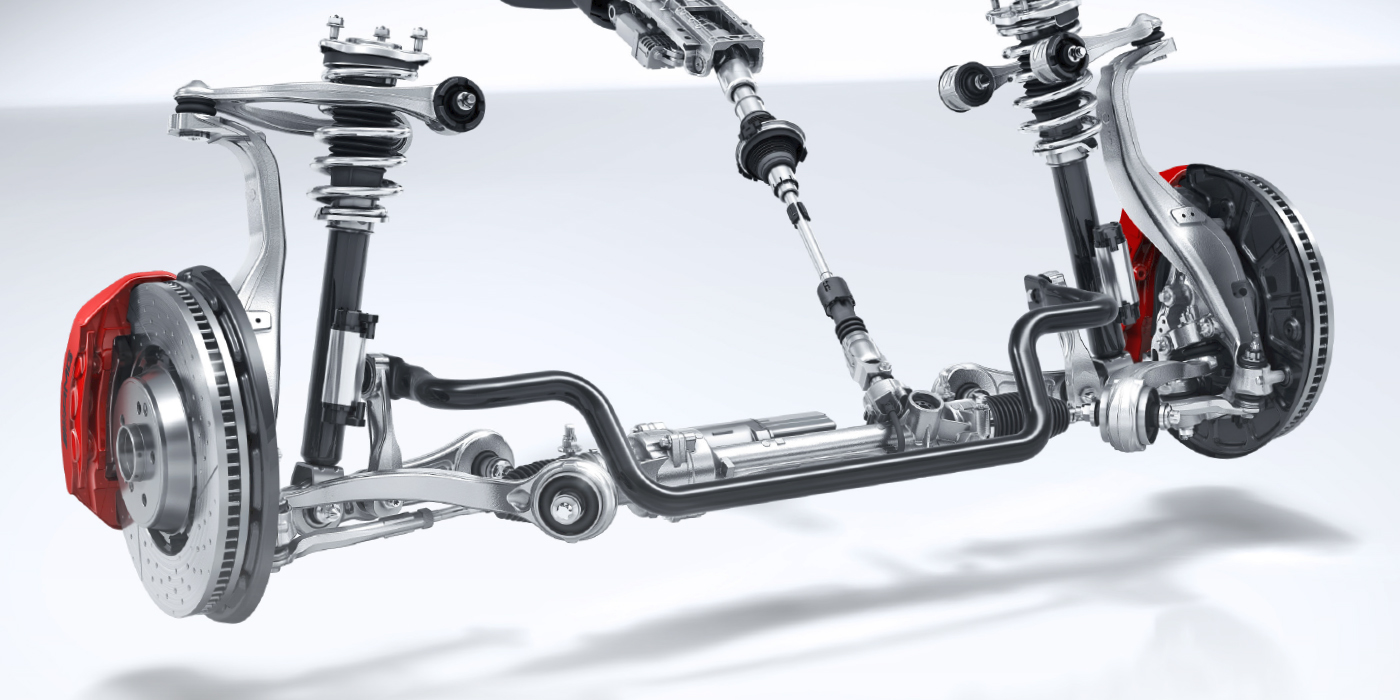A differential allows two connected wheels to spin at different rates. The two wheels are connected using spider gears. If the spider gears do not spin on their axes, the two axle shafts spin at the same rate. If the spider gears start to spin, the axles spin at different speeds. How the direction of the rotation changes and which axle is spinning faster determines which one gets the most power.
The ring gear produces radial forces. The changing speeds of the axles produce tangential forces on the spider gears. A tangential force can be caused by different rates of the wheels going around a corner or when torque is applied to the differential (the “one-wheel peel”). A limited-slip differential helps to control the tangential forces, so the radial forces produced by the pinion and ring gear are transferred to the wheel that needs the power. There are several differential designs you might see in the field.
OPEN DIFFERENTIALS
As the names imply, these differentials just have spider gears in the differential. They let the wheels spin at different rates when going around a corner. The gears in the carrier need to be splash-lubricated by the ring gear. The level of the lubricant housing is critical.
CLUTCH PACK OR CONE DIFFERENTIALS
The most common style of limited-slip differential uses clutch packs on both sides of the carrier to limit the movement of the spider gears. If a wheel starts to spin and increase torque-induced tangential forces, a ramp or cone applies pressure to the clutch pack to lock the carrier and axle.
For these differentials to work properly, the condition of the fluid and additive package is critical. Some of these differentials require special fluid or you have to add a small amount of friction modifier.
TORSEN DIFFERENTIALS
A Torsen differential is a geared differential that uses four to six or more worm gears attached to spur gears. As torque is applied to the gears, they are pushed against the walls of the differential housing, creating friction. The friction resists the relative movement of the axle shafts. This locks or distributes the torque to the wheels on an axle. These can be found on performance cars and off-road trucks.
ELECTRONIC DIFFERENTIALS
Some automakers are using the ABS system to control the differences in the speed of the wheels on an axle. This can make an open differential act like a limited-slip differential under certain conditions. By pulsing or locking the brakes on one corner, it can send power to the opposite side of the differential. This works well at low speeds. With this system, the brakes can be used to free a wheel from a slippery ditch or eliminate torque steer.
Some SUVs and performance AWD cars and trucks are utilizing what looks like a locked differential, but the system has clutch packs on the sides of the differential. The clutch packs can lock or completely disconnect a driveshaft. It can even perform the “holy grail” of differentials — torque vectoring.
The torque-vectoring differentials can control the amount of power going to each wheel connected to the axle using hydraulics or electric solenoids. Some high-horsepower FWD vehicles have a basic torque-vectoring differential (such as the Ford Fiesta RS) to control torque steer.
Diagnostics
Differentials can fail. The most common damage is to the carrier bearings and pinion bearings. When these bearings start to experience play, the relationship between the pinion and ring gear changes. No matter the style of differential, the noise made by the misaligned teeth will occur under deceleration and acceleration.
Before replacing an axle or differential, look at what is attached to the differential. If the driveshaft has worn joints or a loose center support bearing it will impact the bearings that hold the pinion. For a solid axle, the health of the wheel bearings is directly related to the carrier bearings. If there is any play, it can damage the differential.
An open differential can experience a failure of the spider gears. This is typically a sign the vehicle has been abused, for example the driver dumping the clutch or performing a neutral drop. Oftentimes, a differential can be damaged by a driver trying to get out of a snowbank or mud.
Limited-slip differentials that use friction and clutches can wear over time and prevent the differential from distributing power side-to-side. The driver might notice more tire spin and, in some cases, the differential might lock and the driver might lose control of the vehicle.
No matter the type of differential, the fluid inside is its lifeblood. There is a variety of oil for differentials and transmissions. Some manufacturers recommend a friction modifier additive package.
This article is courtesy of ShopOwner magazine.

